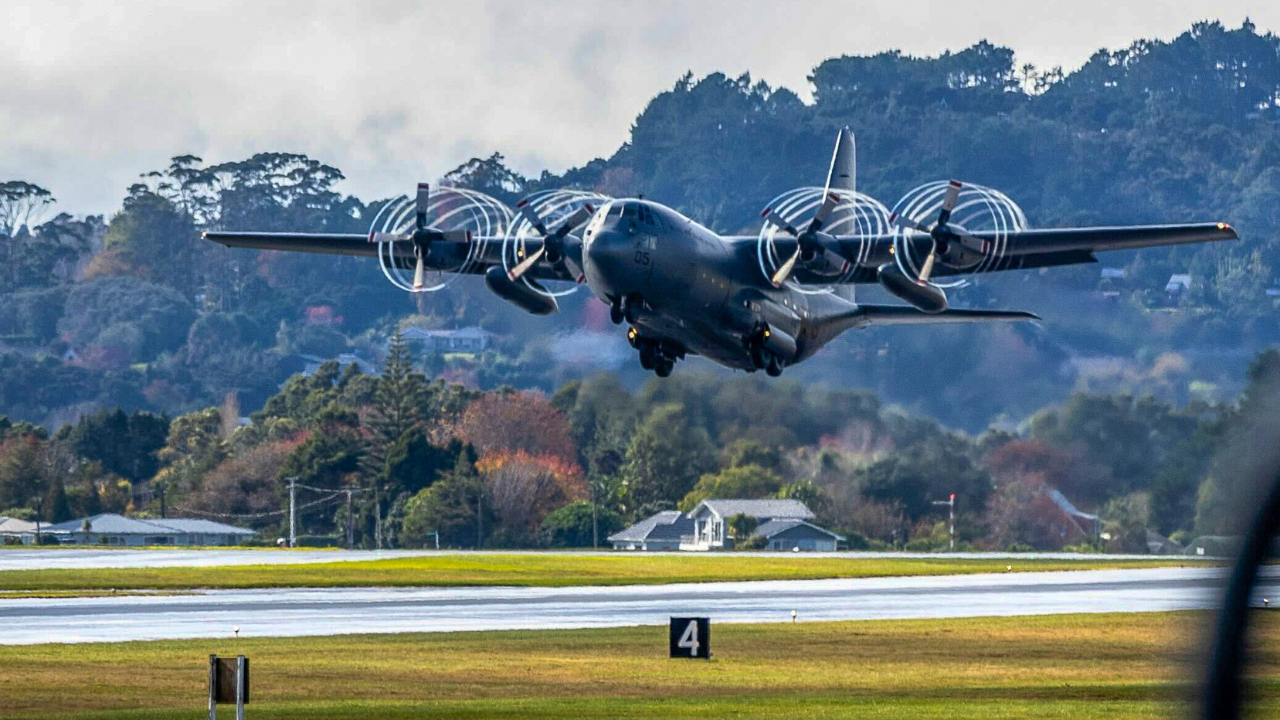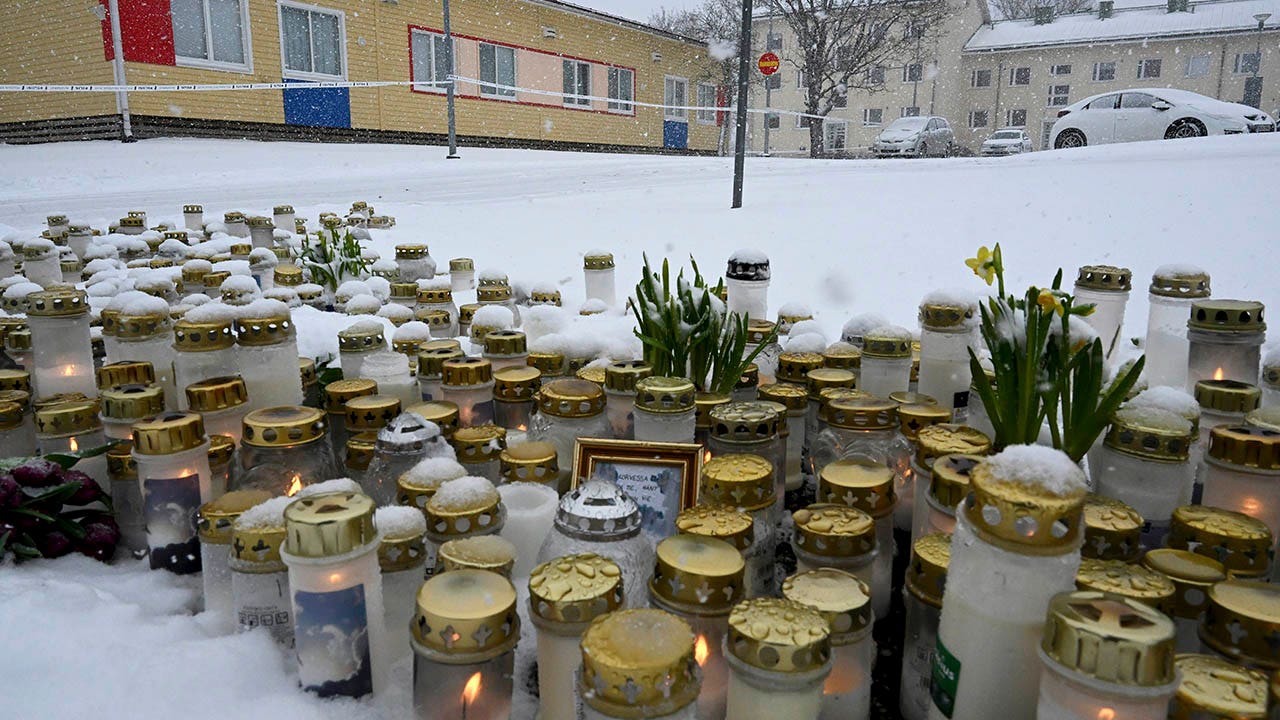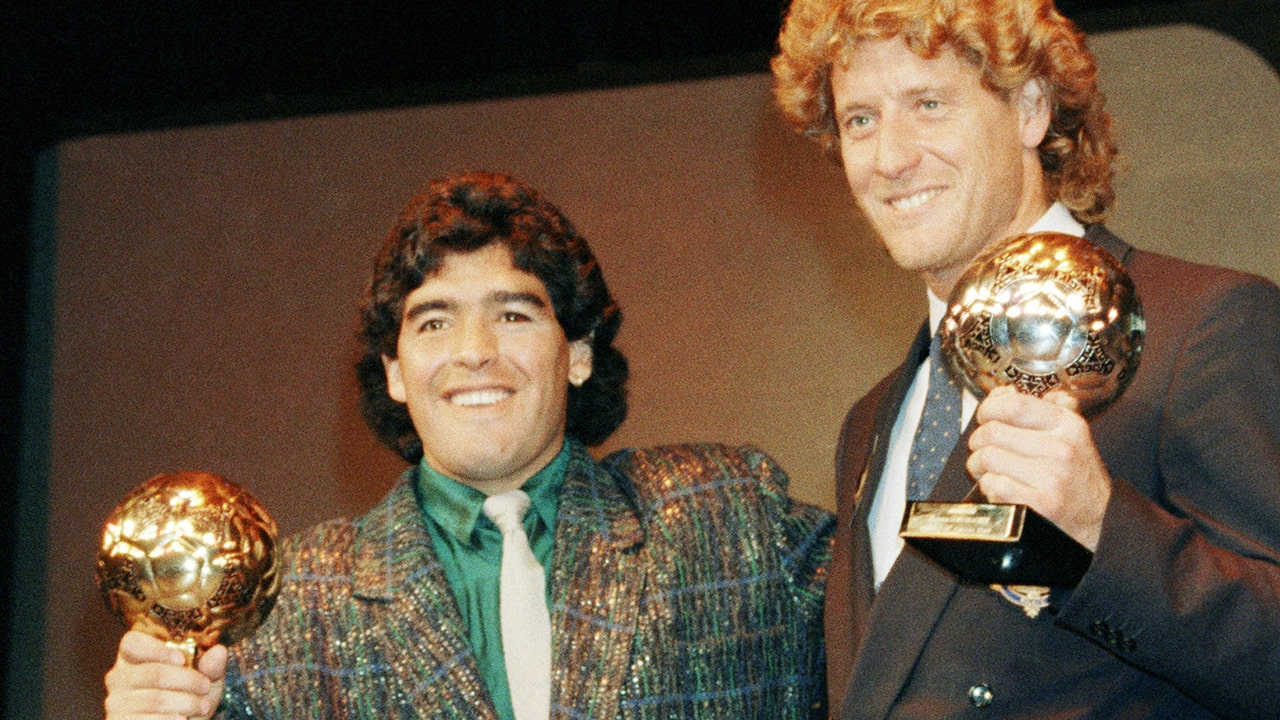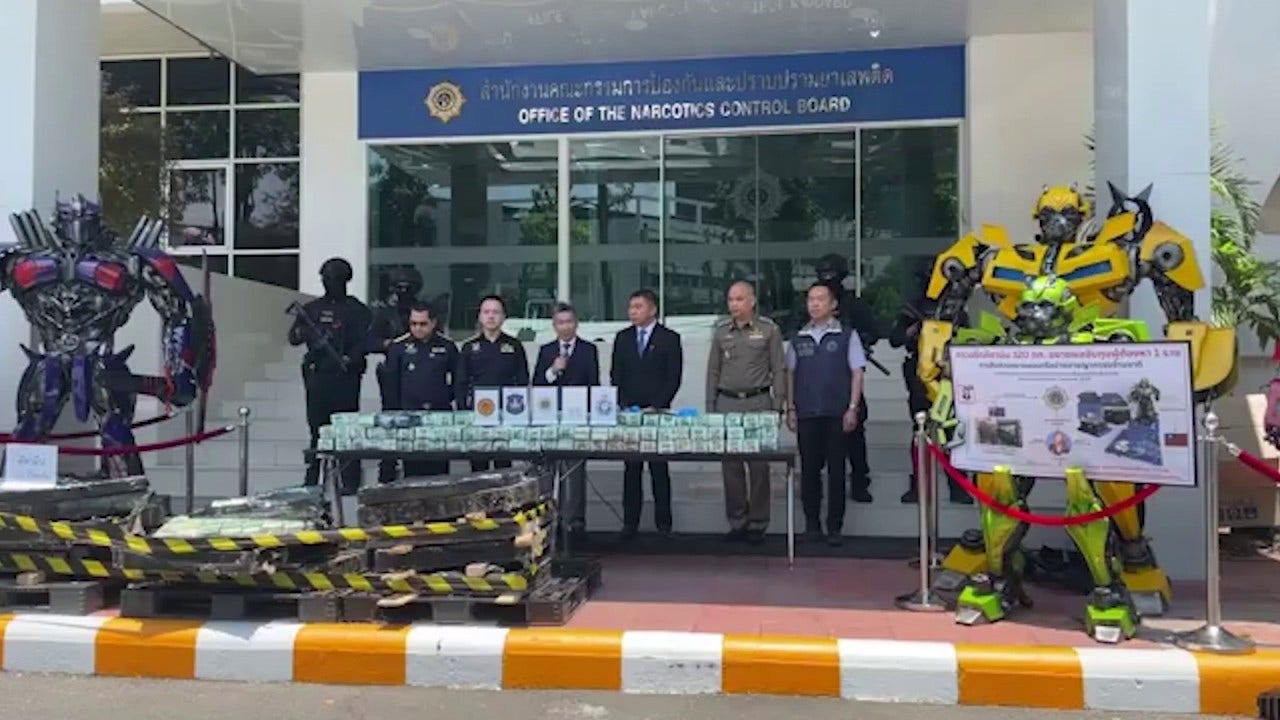When NATO’s leaders gather this summer to celebrate the 75th anniversary of their military alliance, the last thing they want to see is a resurgent Russian military marching across Ukraine because Europe was too weak to provide Kyiv with the support it needed.
What Ukraine wants, ultimately, is a formal invitation to join NATO. But alliance officials agree that is not going to happen at the festivities planned for Washington in July. NATO has no appetite for taking on a new member that, because of the alliance’s covenant of collective security, would draw it into the biggest land war in Europe since 1945.
That has sent NATO searching for some middle ground, something short of membership but meaty enough to show that it is backing Ukraine “for the long haul,” as Jens Stoltenberg, the NATO secretary general, put it this week.
What that will be has so far proven elusive, according to senior Western diplomats involved in the discussions.
Proposals put forward this week at a meeting of foreign ministers in Brussels to give NATO more control over coordinating military aid, financing and training for Ukraine’s forces were immediately met with skepticism. The United States and Germany remain opposed to offering Ukraine a start to membership negotiations in Brussels as they did at last year’s summit in Vilnius, and they want that issue off the table in July, despite a similar process at the European Union that was approved last winter. But they do want to provide Ukraine with specific commitments they can deliver on. Efforts to clearly define what conditions Ukraine needs to meet to begin talks with NATO have yet to move forward.
And none of these things may matter by July if Russia continues to gain ground and Ukraine looks in danger of losing the war — a prospect that has become all the more real with each month that Republicans in Congress continue to block a $60 billion aid package to Kyiv.
“The situation on the ground may look a lot worse than it is today, and then the real question becomes, ‘How do we make sure that Russia doesn’t win?’” said Ivo H. Daalder, a former American ambassador to NATO.
“That can change the whole nature of the debate. We can all think that the NATO summit is going to take place as if it’s the same as today, but it won’t,” said Mr. Daalder, president of the Chicago Council on Global Affairs. “The last two months have not been good for Ukraine, and there’s nothing in the offing that it’s going to get any better.”
Last year, at a NATO summit meeting in Vilnius, Lithuania, Ukraine was assured once more that it would be given full membership into the alliance — someday — after it made certain changes to improve democracy and its security. The vague promise dismayed Kyiv and its most fervent supporters in the Baltics, the Nordic states and Eastern Europe.
Nine months later, Ukraine is grappling with the aftershocks of a military counteroffensive that burned through precious artillery ammunition and other weapons while failing to gain appreciable territory from Russia. The country remains in dire need of arms, particularly for air defense; its foreign minister, Dmytro Kuleba, said on Thursday that Ukraine was hit by 94 Russian ballistic missiles in March alone.
“I didn’t want to spoil the birthday party for NATO, but I felt compelled to deliver a very sobering message on behalf of Ukrainians about the state of Russian air attacks on my country, destroying our energy system, our economy, killing civilians,” Mr. Kuleba said Thursday at NATO headquarters in Brussels.
Mr. Kuleba said he had “listened carefully” to his fellow diplomats discuss how NATO might address Ukraine’s place in the alliance in Washington this summer and had responded carefully in kind.
“It is up to allies themselves to decide on the form and the content of the next step toward Ukraine’s membership in NATO,” he said. “We will be looking forward to the outcome, but, of course, we believe that Ukraine deserves to be a member of NATO and that this should happen sooner rather than later.”
Mr. Stoltenberg sought to bridge the gap by floating two proposals at this week’s meeting to continue support for Ukraine that he said he hoped could be approved in time for the meeting of NATO heads of state in Washington in July.
The first, to make NATO rather than the United States responsible for coordinating donations and delivery of weapons to Ukraine, drew objections from Hungary and other allies for its potential to pull the alliance more directly into the war. It is also opposed by the United States, Mr. Daalder said, although the Biden administration so far has been careful not to criticize it publicly. On Thursday, Secretary of State Antony J. Blinken addressed the issue only by praising the current, American-led process for its “extraordinary results.”
The other, to give Ukraine $100 billion in aid over five years, was met with confusion, since it is unclear how NATO could compel its member states to contribute — especially given budget or political constraints like the one in the U.S. Congress that has held up $60 billion for Ukraine.
But Mr. Stoltenberg said such plans were vital to ensure Ukraine would continue to receive enduring NATO support rather than piecemeal donations. (He did, however, applaud recent shipments of drones, missiles, armored vehicles and ammunition from Britain, the Czech Republic, Finland, France and Germany.)
Mr. Stoltenberg added that NATO’s top military commander, U.S. Army Gen. Christopher G. Cavoli, had been asked to design a blueprint for providing dependable, predictable aid to Ukraine for years to come.
“If NATO allies deliver what we should, then we are absolutely confident that the Ukrainians will be able to make new gains,” Mr. Stoltenberg said. “That’s the reason why we must deliver more, why allies need to dig deeper and provide more military support faster and why we also need stronger and more robust structures for the long haul.”
An undercurrent to the urgency is NATO’s desire to “Trump-proof” — as it has been called in recent months — Western support for Ukraine should former President Donald J. Trump be re-elected in November. Mr. Trump has long disdained NATO, deriding its members for not paying a “fair share” of security costs and, in February, suggesting that if a European member of the alliance were attacked by Russia, he would not help defend it if it had not been paying its share.
In Brussels on Thursday, Mr. Blinken said he heard “from ally after ally” that “our commitment, our engagement, is indispensable for this alliance” and its support for Ukraine. He said Ukraine was working on the government and security changes needed to join NATO, and he noted without detail various efforts within the alliance to offer the war-weary country new assurances when leaders meet in Washington in July.
It seemed clear from his comments, however, that the world should not be expecting a sharp departure from the status quo.
“These conversations over the last couple of days have been focused on exactly what we’re going to do at the summit,” Mr. Blinken said. “We’ve begun a process among all the countries and with all the experts to flesh that out. We’ll be using the time between now and the summit to do exactly that.”
Steven Erlanger contributed reporting from Berlin.






